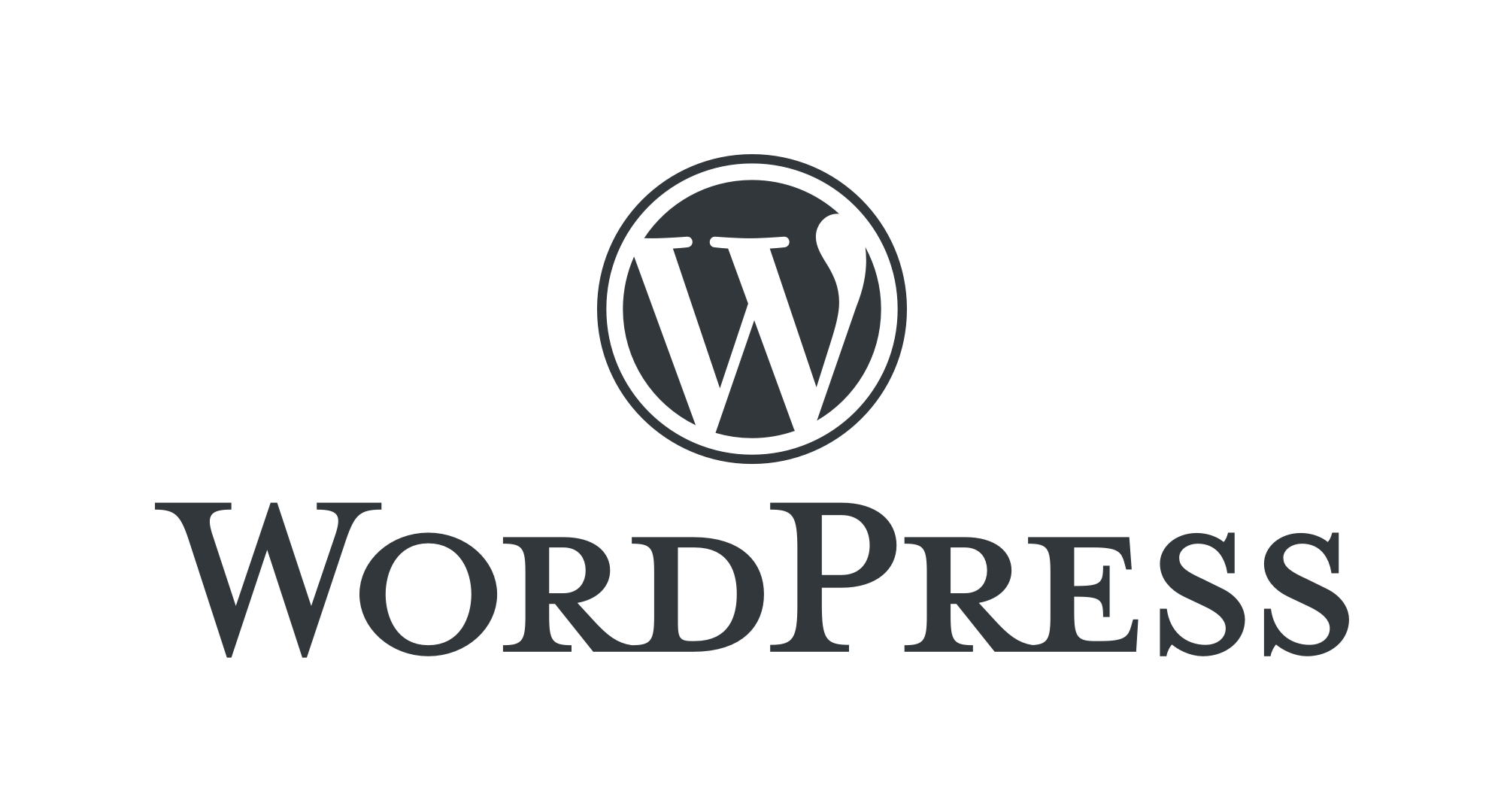
This image has format transparent PNG with resolution 2000x1080.
You can download this image in best resolution from this page and use it for design and web design.
WordPress logo PNG with transparent background you can download for free, just click on download button.
WordPress (WordPress.org) is a free and open-source content management system (CMS) based on PHP & MySQL. Features include a plugin architecture and a template system. It is most associated with blogging but supports other types of web content including more traditional mailing lists and forums, media galleries, and online stores. Used by more than 60 million websites, including 33.6% of the top 10 million websites as of April 2019, WordPress is the most popular website management system in use. WordPress has also been used for other application domains such as pervasive display systems (PDS).
WordPress was released on May 27, 2003, by its founders, Matt Mullenweg and Mike Little, as a fork of b2/cafelog. The software is released under the GPLv2 (or later) license.
To function, WordPress has to be installed on a web server, either part of an Internet hosting service like WordPress.com or a computer running the software package WordPress.org in order to serve as a network host in its own right. A local computer may be used for single-user testing and learning purposes.
"WordPress is a factory that makes webpages" is a core analogy designed to clarify what WordPress is & does. It stores your content that allows you to create & publish webpages only requiring a domain and a hosting site to work.
WordPress has a web template system using a template processor. Its architecture is a front controller, routing all requests for non-static URIs to a single PHP file which parses the URI and identifies the target page. This allows support for more human-readable permalinks.
WordPress users may install and switch among different themes. Themes allow users to change the look and functionality of a WordPress website without altering the core code or site content. Every WordPress website requires at least one theme to be present and every theme should be designed using WordPress standards with structured PHP, valid HTML (HyperText Markup Language), and Cascading Style Sheets (CSS). Themes may be directly installed using the WordPress "Appearance" administration tool in the dashboard, or theme folders may be copied directly into the themes directory, for example via FTP. The PHP, HTML and CSS found in themes can be directly modified to alter theme behavior, or a theme can be a "child" theme which inherits settings from another theme and selectively overrides features. WordPress themes are generally classified into two categories: free and premium. Many free themes are listed in the WordPress theme directory, and premium themes are available for purchase from marketplaces and individual WordPress developers. WordPress users may also create and develop their own custom themes. The free theme Underscores created by the WordPress developers has become a popular basis for new themes.
WordPress' plugin architecture allows users to extend the features and functionality of a website or blog. As of February 2019, WordPress.org has 54,402 plugins available, each of which offers custom functions and features enabling users to tailor their sites to their specific needs. However, this does not include the premium plugins that are available (approximately 1,500+), which may not be listed in the WordPress.org repository. These customizations range from search engine optimization, to client portals used to display private information to logged in users, to content management systems, to content displaying features, such as the addition of widgets and navigation bars. Not all available plugins are always abreast with the upgrades and as a result they may not function properly or may not function at all. Most plugins are available through WordPress themselves, either via downloading them and installing the files manually via FTP or through the WordPress dashboard. However, many third parties offer plugins through their own websites, many of which are paid packages.
Web developers who wish to develop plugins need to learn WordPress' hook system which consists of over 300 hooks divided into two categories: action hooks and filter hooks.
b2/cafelog, more commonly known as b2 or cafelog, was the precursor to WordPress. b2/cafelog was estimated to have been installed on approximately 2,000 blogs as of May 2003.[27] It was written in PHP for use with MySQL by Michel Valdrighi, who is now a contributing developer to WordPress. Although WordPress is the official successor, another project, b2evolution, is also in active development.
WordPress first appeared in 2003 as a joint effort between Matt Mullenweg and Mike Little to create a fork of b2. Christine Selleck Tremoulet, a friend of Mullenweg, suggested the name WordPress.
In 2004 the licensing terms for the competing Movable Type package were changed by Six Apart, resulting in many of its most influential users migrating to WordPress. By October 2009 the Open Source CMS MarketShare Report concluded that WordPress enjoyed the greatest brand strength of any open-source content management system.
As of February 2017, WordPress is used by 58.7% of all the websites whose content management system is known. This is 27.5% of the top 10 million websites.
In this page you can download free PNG images: WordPress PNG images free download